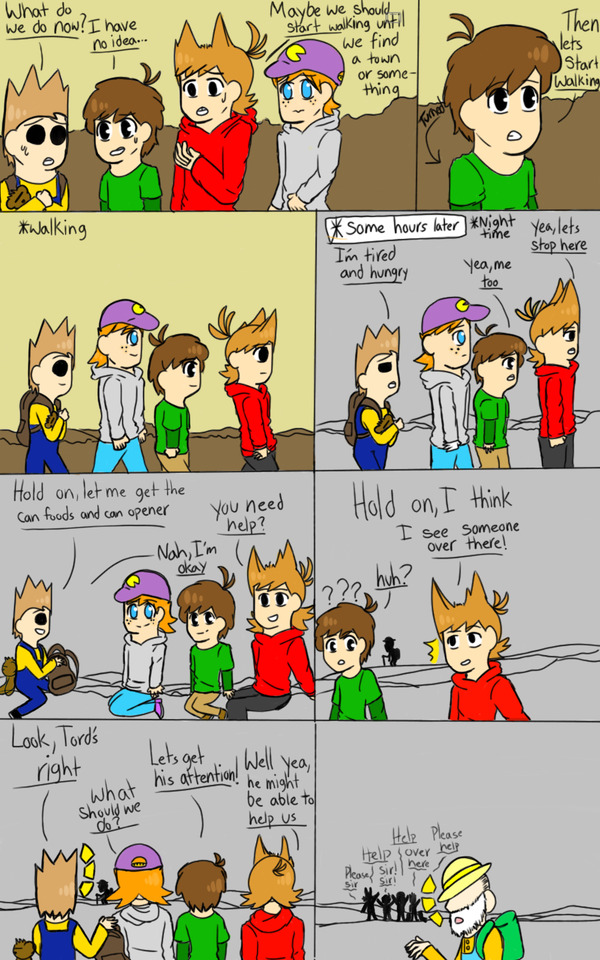#FalloutWorlds
Explore tagged Tumblr posts
Text

i should probably figure out what the fuck mothman whispering audio they added in skyline. im gna bite the bullet and jump into that story mode... i can record it on an easymode falloutworld later
5 notes
·
View notes
Text

Drawing of falloutworld tom but in the eddsworld style
32 notes
·
View notes
Photo

Here’s part 4, sorry for the 1 week late comic, but hey I colored it 😁. Someone new
6 notes
·
View notes
Photo

Fallout @handsomefredcreations . . #fallout #falloutcaptures #falloutsidewear #falloutfour #falloutboardgame #falloutrobots #falloutoc #fallout4pipboyedition #falloutcommunity #falloutlore #falloutift #falloutrecords #falloutscreenshots #FalloutShelter #falloutmemes #falloutrpg #falloutcrate #falloutfunny #falloutboys #falloutboyaccount #falloutwastelandwarfare #falloutfanart #Fallout4GOTY #fallout4comefaster #falloutgirl #falloutworld #falloutinspired #falloutsincity #falloutboycoverband #falloutpc #cosplaymadebyme #cosplayeritaliani #monfalcomics #monfalcomics2019 https://www.instagram.com/p/B1valb0CwJj/?igshid=8lrq2gv02u2b
#fallout#falloutcaptures#falloutsidewear#falloutfour#falloutboardgame#falloutrobots#falloutoc#fallout4pipboyedition#falloutcommunity#falloutlore#falloutift#falloutrecords#falloutscreenshots#falloutshelter#falloutmemes#falloutrpg#falloutcrate#falloutfunny#falloutboys#falloutboyaccount#falloutwastelandwarfare#falloutfanart#fallout4goty#fallout4comefaster#falloutgirl#falloutworld#falloutinspired#falloutsincity#falloutboycoverband#falloutpc
0 notes
Photo

New work #centralcoast #artist #loveskulls💀 #falloutworld #cityscape #sydney #mushrooms #illustration #sketchbook #fashionideas #ink #painting #artinspiration #artlife #original #sundayvibes #redbubblecreate
#cityscape#redbubblecreate#sydney#artinspiration#falloutworld#sketchbook#original#illustration#sundayvibes#mushrooms#artist#artlife#loveskulls💀#painting#ink#fashionideas#centralcoast
0 notes